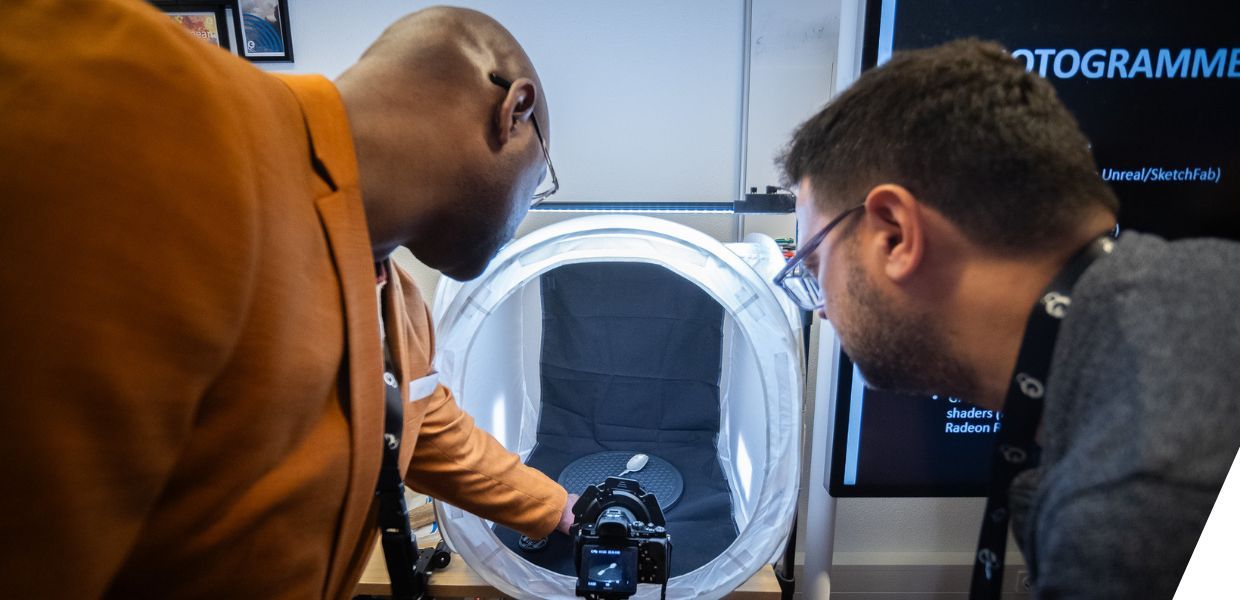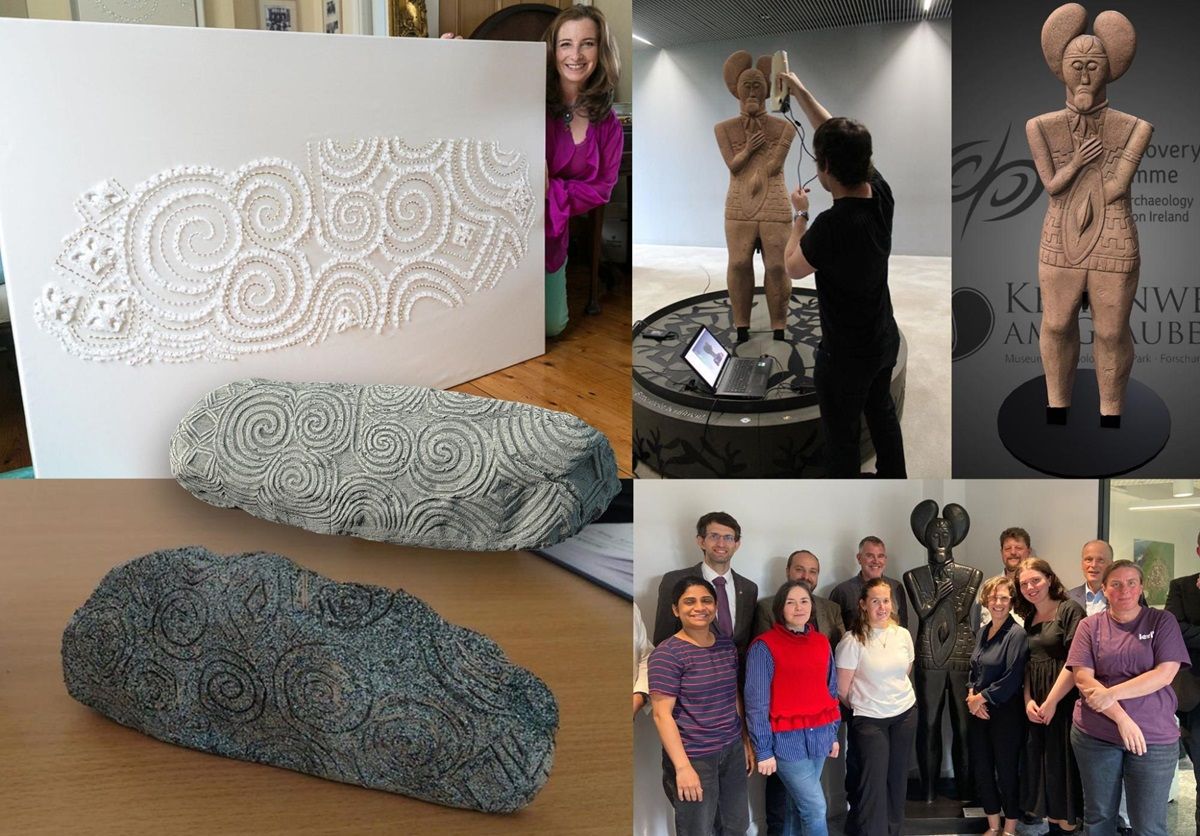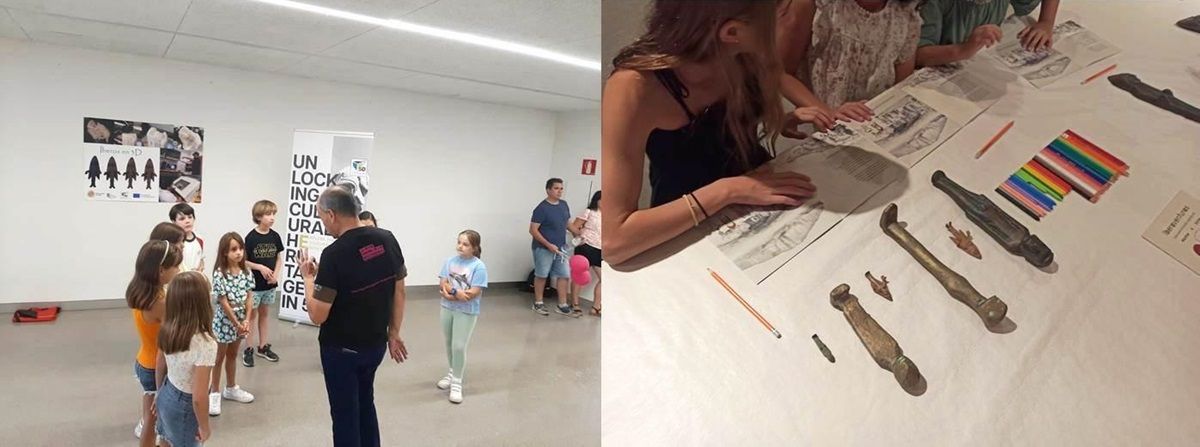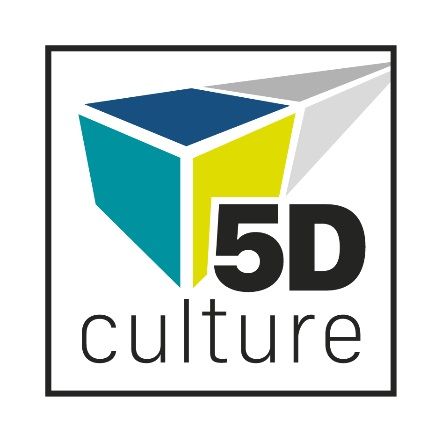An exciting time for 3D and cultural heritage
Never before have there been so many - and good - tools available to create high quality 3D models of archaeological artefacts, sites and cultural heritage objects.
We now have the technology to accurately document archaeological heritage in an efficient way. Photogrammetry and laser scanning are widely used to capture the geometry, texture and colour of artefacts and sites. With specialised software, we can convert the raw data into high polygon (detailed), geometrically accurate 3D models. Software is also available to apply realistic or even better than realistic textures to 3D models, in order to enhance visual quality.
Finally, derivatives of the ‘mother’ (original) 3D models can be created, fit for different uses and audiences. In this way, one high quality 3D model can give rise to several 3D models, which can be used for conservation, research, education and tourism.
The 5DCulture project
It is reuse scenarios like these that are being explored as part of the 5DCulture project, a data space supporting project funded by the European Health and Digital Executive Agency of the European Commission. In particular focus are two reuse scenarios for 3D archaeological content, and the 5DCulture project also aims to:
Deliver high quality 3D content related to fashion, archaeology and architecture to the common European data space for cultural heritage;
Develop and evaluate reuse scenarios of this content in domains, such as education, tourism and the wider cultural and creative sectors;
Deploy innovative digital technologies and tools for 3D; and,
Work on capacity building for the cultural heritage sector for a wider reuse of 3D cultural assets.
The project started on 1 January 2023 and will run for two years. IN2 is the lead partner, with a total of twelve partners involved.
Reuse of archaeological content
Led by CARARE, project partners The Discovery Programme and the University Research Institute for Iberian Archaeology, University of Jaén are delivering 3D content and reuse scenarios for the UNESCO World Heritage Site of Brú na Bóinne and Iberian culture. Brú na Bóinne is a significant archaeological and historical site in Ireland, renowned for its Neolithic burial mounds which date back over 5,000 years. Iberian culture, meanwhile, developed and flourished in eastern and southern Spain, between 6th-1st centuries BC. The Iberians lived in villages and oppida (fortified settlements) and their communities were based on tribal organisations.
Project partners are exploring how 3D content can enhance the visitor experiences of this site and culture, evaluating the creation of different 3D surrogates from original datasets and investigating the value these have for different sectors. They are also working to reconnect and relate these archaeological sites with artefacts using 3D and other digital media.
By using 3D technology in archaeological heritage, the project aims to digitally reconstruct archaeological sites, artefacts and structures, offering researchers and archaeologists a virtual platform for analysis, interpretation, and preservation. This approach opens up new avenues for understanding and studying our collective past while ensuring the long-term conservation of valuable archaeological treasures.
The first enhanced or new 3D models of Brú na Bóinne and Iberian archaeology have now been created and reused. In addition, approximately 130 existing 3D models available through Europeana.eu will be enhanced and 30 new ones added. The Discovery Programme is focusing on quality improvements of 3D models and especially the innovative adding of parametric synthetic textures to improve the (re)usability of the 3D content of the site and artefacts of Brú na Bóinne.





